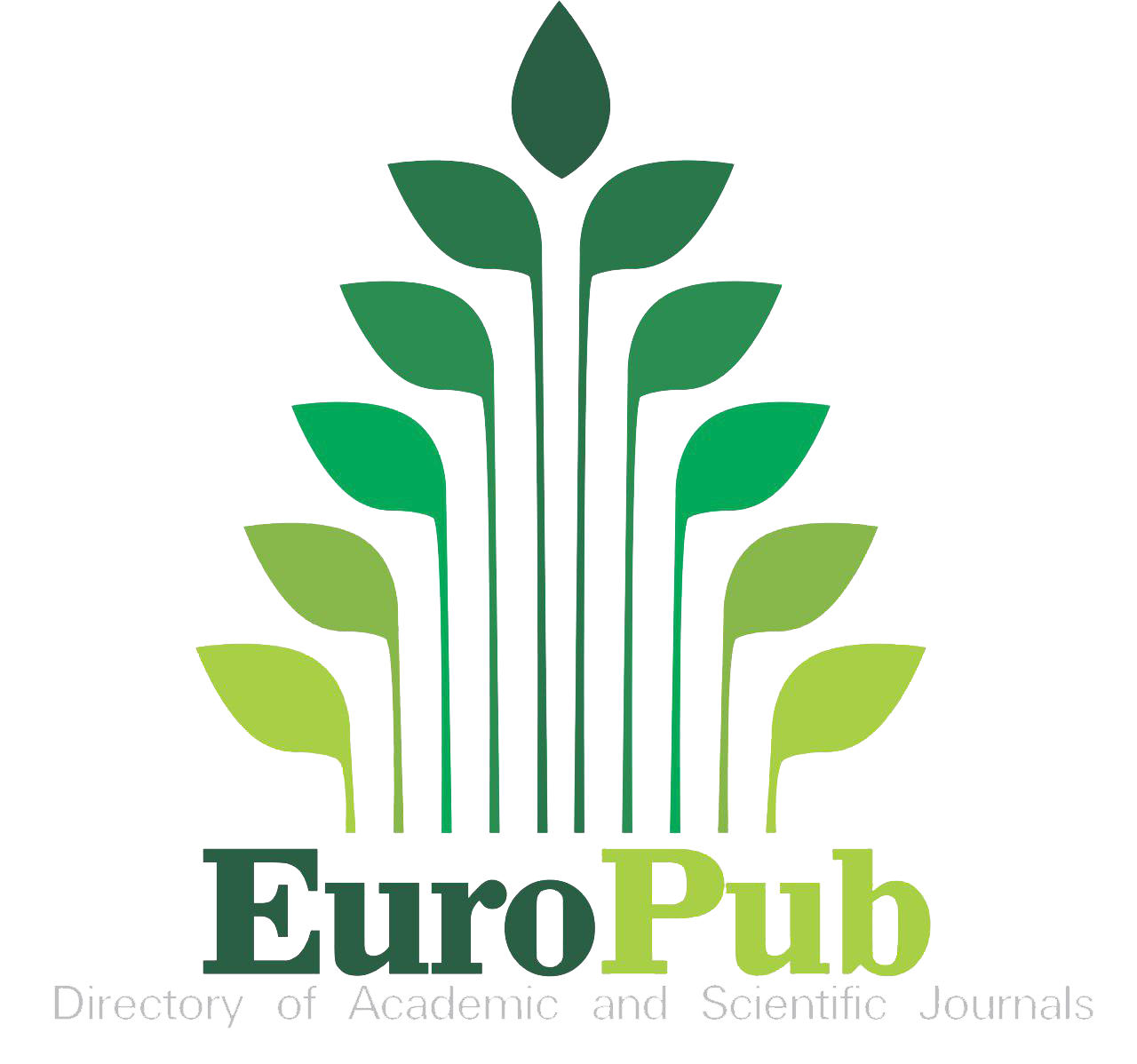Corruption and market value: effects of the Lava Jato Operation on the Brazilian Stock Market
DOI:
https://doi.org/10.16930/2237-7662/rccc.v17n51.2626Keywords:
Corruption, Market value, Lava Jato Operation.Abstract
This paper aims to identify the effects of the disclosure of corruption events on the market values of companies listed on the Brazilian Stock Exchange. For this purpose, we applied the event studies methodology to evaluate the influence of exposing the phases of one of the most extensive Brazilian anti-corruption operations - the Lava Jato Operation - on the cumulative abnormal return of shares, both of the companies cited in the investigations (direct involvement) and of those listed in the same segments as the cited companies. Results indicate that the Lava Jato Operation reduced the market values of the companies directly involved in the corruption scandals above market variations. For the other companies in the concerned segments, there was a positive effect on the cumulative abnormal returns. Such results suggest that the onset of anti-corruption operations such as the Lava Jato Operation has the potential to reduce pricing differences that exist between companies that directly participate in fraudulent contracts and other companies in the same segments. This pricing adjustment may be associated with the correction made by the market due to losses in competiveness caused by unfair competition.References
Acemoglu, D., & Verdier, T. (1998). Property rights, corruption and the allocation of talent: a general equilibrium approach. The economic journal, 108(450), 1381-1403. DOI: https://doi.org/10.1111/1468-0297.00347
Amihud, Y., & Mendelson, H. (1988). Liquidity and asset prices: Financial management implications. Financial Management, 5-15. DOI: https://doi.org/10.2307/3665910
Ball, R. & Shivakumar, L. (2008). How much new information is there in earnings?. Journal of Accounting Research, 46(5), 975-1016. DOI: https://doi.org/10.1111/j.1475-679X.2008.00299.x
Basu, K., McGavock, T., & Zhang, B. (2013). When competition corrupts: a theoretical analysis of market structure and the incidence of corruption. DOI: https://doi.org/10.1596/1813-9450-6596
Bhandari, L. C. (1988). Debt/equity ratio and expected common stock returns: Empirical evidence. The journal of finance, 43(2), 507-528. DOI: https://doi.org/10.1111/j.1540-6261.1988.tb03952.x
Blackburn, K., Bose, N., & Haque, M. E. (2005). Public expenditures, bureaucratic corruption and economic development. Centre for Growth and Business Cycle Research Discussion Paper Series, 53(13), 417-58.
Brown, S. J. & Warner, J. B. (1980). Measuring security price performance. Journal of financial economics, 8(3), 205-258. DOI: https://doi.org/10.1016/0304-405X(80)90002-1
Brudney, V. (1985). Corporate governance, agency costs, and the rhetoric of contract. Columbia Law Review, 1403-1444. DOI: https://doi.org/10.2307/1122518
Chen, L. & Zhao, X. (2006). On the relation between the market-to-book ratio, growth opportunity, and leverage ratio. Finance Research Letters, 3(4), 253-266. DOI: https://doi.org/10.1016/j.frl.2006.06.003
Delavallade, C. (2006). Corruption and distribution of public spending in developing countries. Journal of economics and finance, 30(2), 222-239. DOI: https://doi.org/10.1007/BF02761488
Ehrlich, I., & Lui, F. T. (1999). Bureaucratic corruption and endogenous economic growth. Journal of Political Economy, 107(S6), S270-S293. DOI: https://doi.org/10.1086/250111
Everhart, S. S., Martinez-Vazquez, J., , J., & McNab, R. M. (2003). Corruption, Investment, and Growth in Developing Countries. Annual Conference on Taxation and Minutes of the Annual Meeting of the National Tax Association (Vol. 96, pp. 84-90).
Fama, E. F. & French, K. R. (1992). The cross?section of expected stock returns. the Journal of Finance, 47(2), 427-465. DOI: https://doi.org/10.1111/j.1540-6261.1992.tb04398.x
Fama, E. F. & Jensen, M. C. (1983). Agency problems and residual claims. The Journal of Law and Economics, 26(2), 327-349. DOI: https://doi.org/10.1086/467038
Fisman, R. & Svensson, J. (2007). Are corruption and taxation really harmful to growth? Firm level evidence. Journal of development economics, 83(1), 63-75. DOI: https://doi.org/10.1016/j.jdeveco.2005.09.009
Gompers, P., Ishii, J., & Metrick, A. (2003). Corporate governance and equity prices. The quarterly journal of economics, 118(1), 107-156. DOI: https://doi.org/10.1162/00335530360535162
Hitt, M. A., Hoskisson, R. E., Johnson, R. A., & Moesel, D. D. (1996). The market for corporate control and firm innovation. Academy of management journal, 39(5), 1084-1119. DOI: https://doi.org/10.2307/256993
Ionescu, L. (2014). The adverse effects of corruption on growth and development. Economics, Management and Financial Markets, 9(4), 125.
Kolari, J. W., & Pynnönen, S. (2010). Event study testing with cross-sectional correlation of abnormal returns. The Review of financial studies, 23(11), 3996-4025. DOI: https://doi.org/10.1093/rfs/hhq072
Lambsdorff, J. G. (2003). How corruption affects productivity. Kyklos, 56(4), 457-474. DOI: https://doi.org/10.1046/j.0023-5962.2003.00233.x
Lee, Charles M.C. and Ng, David T (2006). Corruption and International Valuation: Does Virtue Pay? Johnson School Research Paper No. 41-06. DOI: https://doi.org/10.2139/ssrn.934468
Mauro, M. P. (1996). The Effects of Corruptionon Growth, Investment, and Government Expenditure. DOI: https://doi.org/10.5089/9781451852097.001
Mauro, M. P. (1997). Why worry about corruption? (Vol. 6). International Monetary Fund. DOI: https://doi.org/10.5089/9781557756350.051
McWilliams, A. & Siegel, D. (1997). Event studies in management research: Theoretical and empirical issues. Academy of management journal, 40(3), 626-657. DOI: https://doi.org/10.5465/257056
Méon, P. G. & Sekkat, K. (2005). Does corruption grease or sand the wheels of growth?. Public choice, 122(1-2), 69-97. DOI: https://doi.org/10.1007/s11127-005-3988-0
Méon, P. G. & Weill, L. (2010). Is corruption an efficient grease?. World development, 38(3), 244-259. DOI: https://doi.org/10.1016/j.worlddev.2009.06.004
Mo, Pak-Hung (2001). Corruption and economic growth. Journal of comparative economics, 29(1), 66-79. DOI: https://doi.org/10.1006/jcec.2000.1703
Ohlson, J. A. (1995). Earnings, book values, and dividends in equity valuation. Contemporary accounting research, 11(2), 661-687. DOI: https://doi.org/10.1111/j.1911-3846.1995.tb00461.x
O'Toole, C. M. & Tarp, F. (2014). Corruption and the efficiency of capital investment in developing countries. Journal of International Development, 26(5), 567-597. DOI: https://doi.org/10.1002/jid.2997
Porta, R. L., Lopez-de-Silanes, F., Shleifer, A., & Vishny, R. W. (1998). Law and finance. Journal of political economy, 106(6), 1113-1155. DOI: https://doi.org/10.1086/250042
Wang, Y. & You, J. (2012). Corruption and firm growth: Evidence from China. China Economic Review, 23(2), 415-433. DOI: https://doi.org/10.1016/j.chieco.2012.03.003
Polícia Federal. Fases da Operação Lava Jato. Recuperado em 30 julho, 2016, em http://www.pf.gov.br/imprensa/lava-jato/fases-da-operacao-lava-jato-1
BOVESPA (2016). Empresas listadas. Recuperado em 15 agosto, 2016, em http://www.bmfbovespa.com.br/pt_br/produtos/listados-a-vista-e-derivativos/renda-variavel/empresas-listadas.html
Downloads
Published
How to Cite
Issue
Section
License
The copyright for articles published in this journal belongs to the author (s), with first publication rights assigned to Revista Catarinense da Ciência Contábil. Due to appearing in this publicly accessible journal, articles are free to use, with mandatory recognition of the original authorship and initial publication in this magazine and for educational and non-commercial applications. The magazine chose to use published works for non-commercial purposes, including the right to submit or work for publicly accessible databases. The content of published articles is the sole and exclusive responsibility of the authors. - The author (s) authorize (s) a publication of the article in the journal; - The author (s) guarantee (s) that a contribution is original and unpublished and that it is not being evaluated in another magazine (s); - A magazine is not responsible for the opinions, ideas and concepts emitted in the texts, for the full responsibility of the author (s); - It is reserved to the editors or the right to make textual adjustments and to adjust the article to the publication rules.
This work is licensed under a Creative Commons Atribuição-NãoComercial-CompartilhaIgual 4.0 Internacional.










